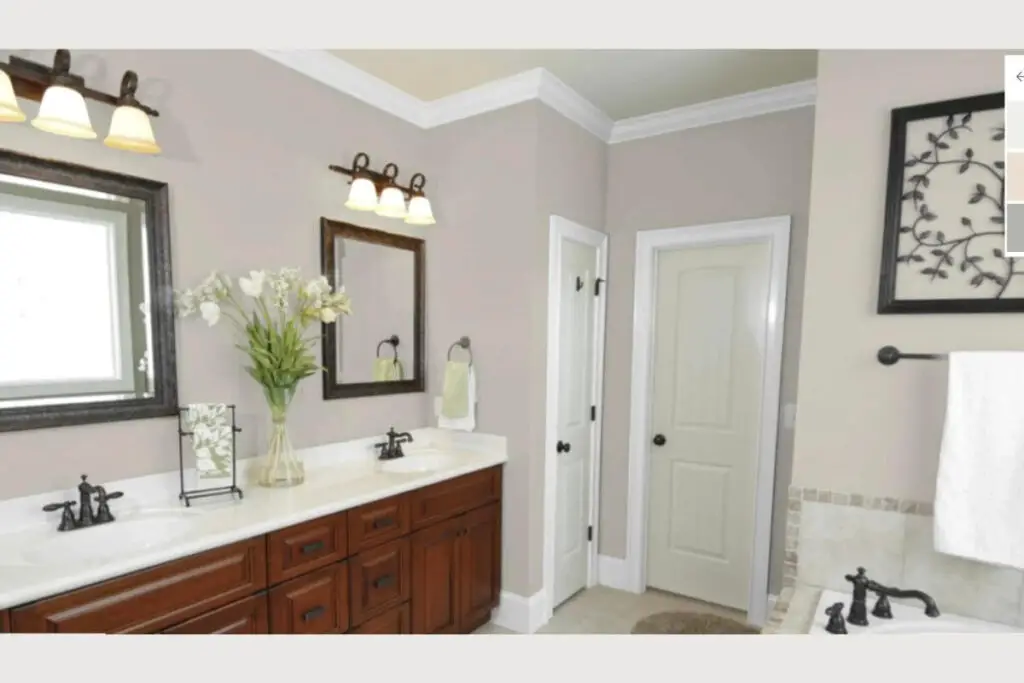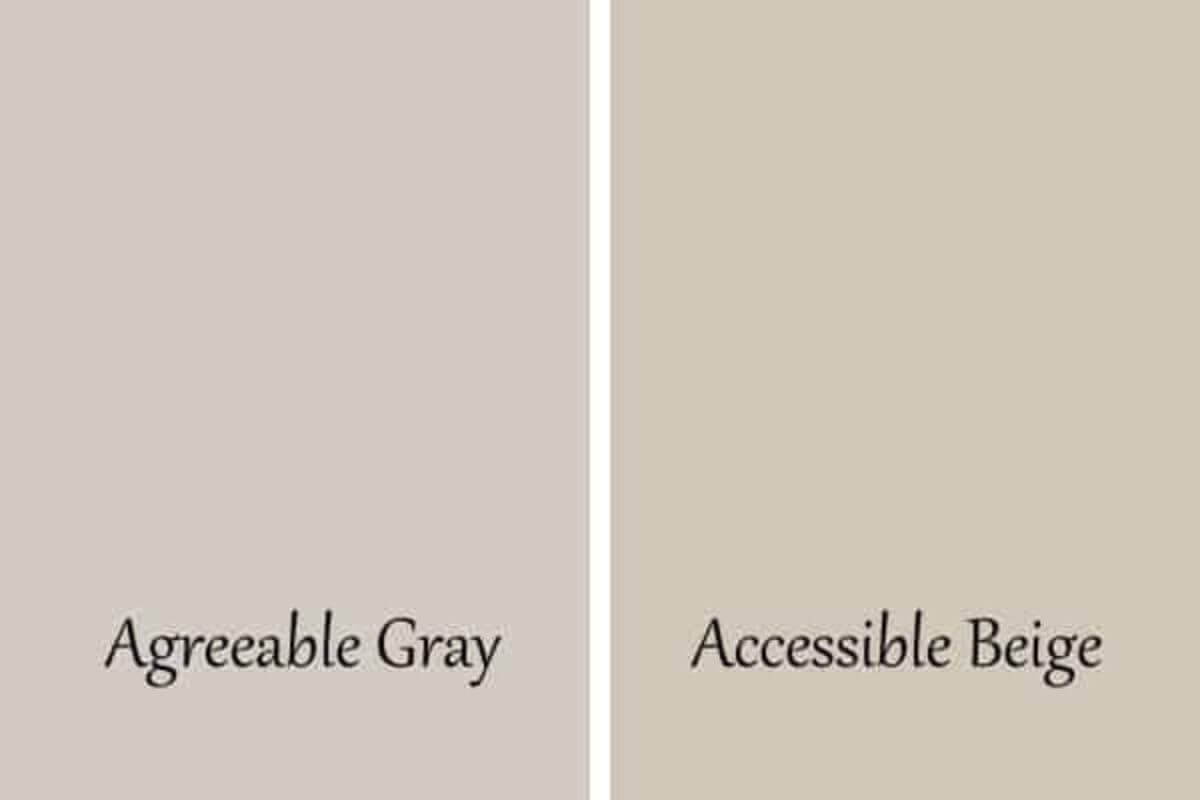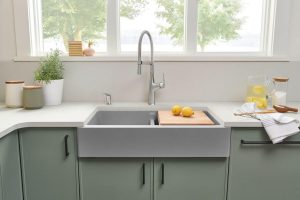Choosing the right paint color for your home can be a daunting task. The color you choose sets the tone for your space and can significantly impact its overall ambiance. Two popular choices for neutral paint colors are Agreeable Gray and Accessible Beige. In this article, we will explore the differences between these two shades, helping you make an informed decision for your next painting project.
Understanding the Importance of Neutral Colors
Neutral colors are the backbone of interior design. They create a versatile canvas for decorating and can adapt to various styles and preferences. When it comes to neutral paint colors, Agreeable Gray and Accessible Beige stand out as top contenders. Let’s delve into the specifics of each shade.
Agreeable Gray: The Versatile Classic
Agreeable Gray, produced by Sherwin-Williams, has earned its reputation as a classic neutral color. It belongs to the greige family, a combination of gray and beige, which gives it a warm and inviting appearance. This versatile shade complements a wide range of color schemes and architectural styles.
Characteristics of Agreeable Gray
- Warm undertones that create a cozy atmosphere.
- Works well with both traditional and modern interior designs.
- Ideal for open floor plans as it transitions seamlessly between spaces.
- Pairs beautifully with wooden accents and white trim.
Accessible Beige: A Softer Approach
Accessible Beige, also from Sherwin-Williams, is another popular choice among homeowners. This paint color leans more towards beige while maintaining a hint of gray undertone. It offers a softer, more subtle look compared to Agreeable Gray.
Characteristics of Accessible Beige
- Gentle and soothing, making it perfect for bedrooms and living areas.
- Evokes a sense of tranquility and relaxation.
- Complements earthy and rustic decor elements.
- Ideal for spaces where you want to create a calming atmosphere.
Choosing Between the Two
Now that we’ve explored the characteristics of both Agreeable Gray and Accessible Beige, how do you decide which one is right for you? Consider the following factors:
1. Lighting Conditions
- Assess the natural light in your space. Agreeable Gray may appear cooler in well-lit rooms, while Accessible Beige tends to stay warmer.
2. Room Size
- In smaller rooms, Accessible Beige can make the space feel cozier, while Agreeable Gray can visually expand larger rooms.

3. Decor Style
- Consider your existing decor and furniture. Choose a shade that harmonizes with your furnishings.
4. Personal Preference
- Ultimately, go with the color that resonates with your personal style and the mood you want to create in your space.
Applying Samples
Before making a final decision, it’s always a good idea to test paint samples in your space. Paint a small section of your wall with both Agreeable Gray and Accessible Beige to see how they interact with your environment and lighting.
Conclusion
Both Agreeable Gray and Accessible Beige are excellent choices for creating a neutral, inviting atmosphere in your home. Your decision should be based on your specific needs and the ambiance you want to achieve. Whether you opt for the classic warmth of Agreeable Gray or the soothing tones of Accessible Beige, you’re sure to transform your space beautifully.
FAQs
Is one of these colors more popular than the other?
Popularity often varies by region and personal preference. Both colors have a substantial following.
Can I use these colors in a kitchen setting?
Yes, both Agreeable Gray and Accessible Beige work well in kitchens, especially when paired with appropriate cabinetry and accents.
Do these colors require multiple coats for full coverage?
The number of coats needed depends on the current color of your walls and the desired outcome. It’s advisable to consult with a professional painter.
Can I use these colors in a commercial space?
Absolutely, these shades are versatile and can be used in commercial settings to create a welcoming ambiance.
Do these colors fade over time?
Proper maintenance and high-quality paint products can help prevent fading. Regular cleaning and touch-ups may be necessary in high-traffic areas.



